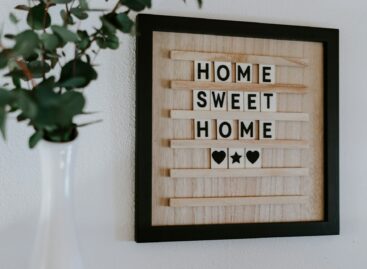Packaging in three stages – part 1: colour
Our sense of colours is a prehistoric heritage, related to our deepest reproductive drives. The use of colours is so ancient and universal, that even flowers know everything about it… We have gradually learned through natural selection to interpret colours is much the same way everywhere. This is why yoghurts are never red. As communication developed, the use of colours has become increasingly complex. Colours not only served to express that we are stronger, but also conveyed our wealth, passion, profession or ideology. We already knew a lot about colours, but we still all used the same pots. As a result of mass production, supply began to exceed demand and made it necessary for us to make our products distinctive by using distinctive packaging. In the beginning, colours were determined by family traditions, the character of the product, or chance. As product ranges widened, the same colour could no longer be used for all products. This is why use of the original colour was eventually reduced to the logo, to make place for other important communication, innovation, promotions, vitamins or messages about ecological consciousness – each in a colour code of its own. It is fortunate that we had 570 million years to work all this out, otherwise we’d be in trouble.
Related news
Related news
How do young adults celebrate?
🎧 Hallgasd a cikket: Lejátszás Szünet Folytatás Leállítás Nyelv: Auto…
Read more >K&H: more and more middle-aged people live in their own apartments
🎧 Hallgasd a cikket: Lejátszás Szünet Folytatás Leállítás Nyelv: Auto…
Read more >Fiege has signed a contract for another 33 thousand square meters in Panattoni Park Moson
🎧 Hallgasd a cikket: Lejátszás Szünet Folytatás Leállítás Nyelv: Auto…
Read more >



